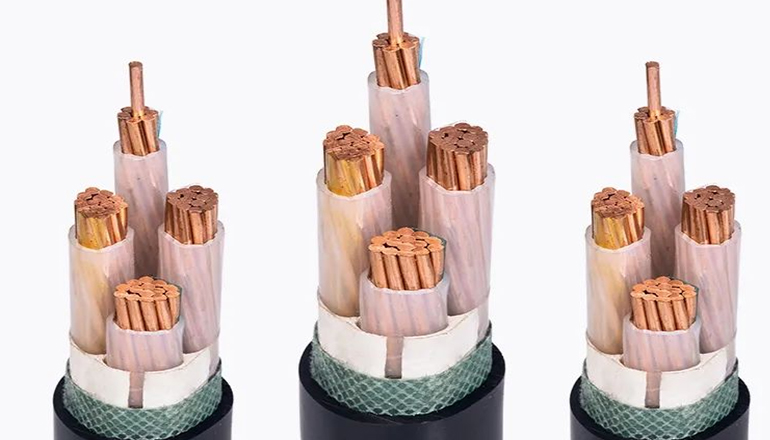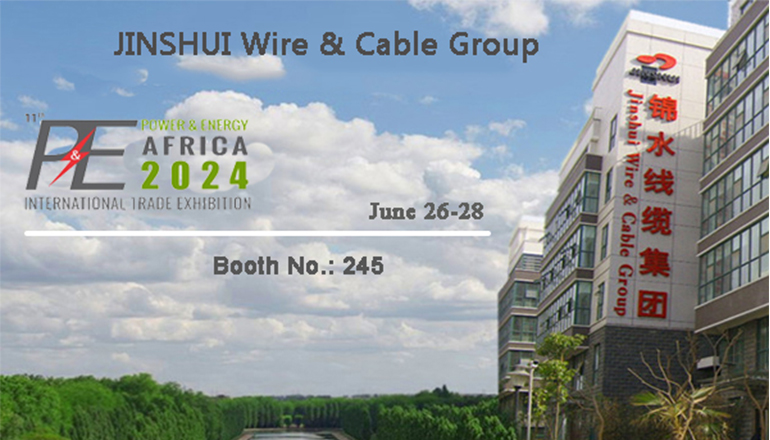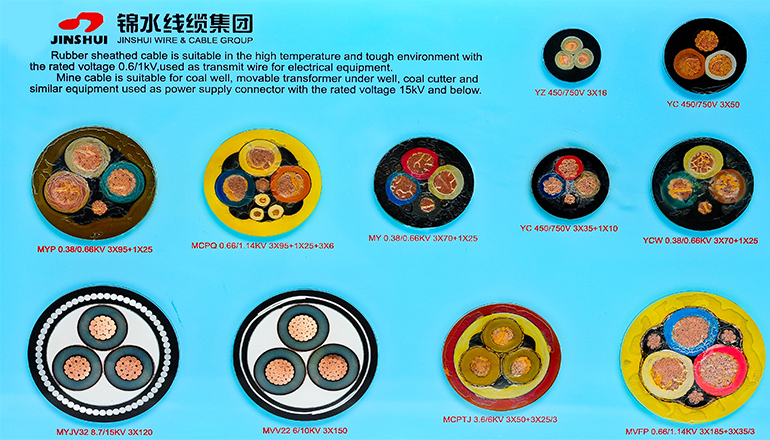- Offices Time:24 Hours Online
- Email:[email protected]
- WhatsApp:+8618339938759
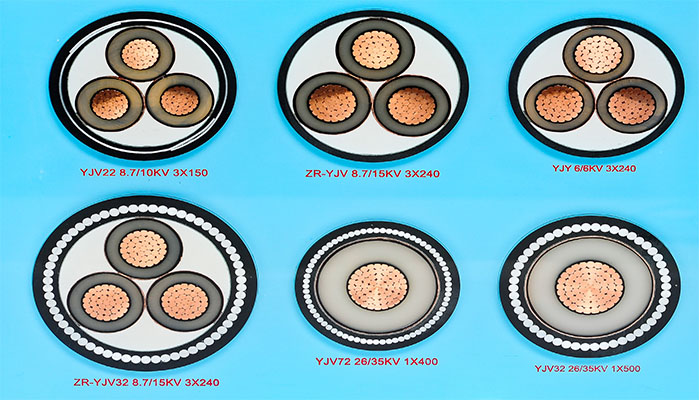
Posted on April 6, 2023
The Complete Guide to Medium Voltage Cables
Introduction of Medium Voltage Cables
1.Definition of Medium Voltage Cables
Medium Voltage Cables are electrical cables designed to transmit electrical power at medium voltage levels, typically between 1 kV and 69 kV. They are commonly used in power distribution networks to connect power substations to transformers, distribution panels, and other electrical equipment. Medium Voltage Cables are constructed with copper or aluminum conductors and insulation materials such as cross-linked polyethylene (XLPE) or ethylene propylene rubber (EPR) to ensure safe and reliable transmission of electrical power. They come in various types, including armored or unarmored, single or multi-conductor, and can be installed underground, underwater, or overhead.

2.Importance of Medium Voltage Cables
Medium Voltage Cables are important components in power distribution networks for several reasons:
Efficient Power Transmission:
They are designed to efficiently transmit electrical power over long distances with minimal loss. This makes them ideal for use in power distribution networks, where electricity must be transmitted from power plants to homes, businesses, and other consumers.
Reliable Performance:
Medium Voltage Cables are designed to withstand harsh environmental conditions, such as temperature changes, moisture, and mechanical stress. They are also tested to ensure that they can maintain their performance over a long service life, which helps to prevent power outages and other disruptions in electrical service.
Safe Operation:
They are designed to meet strict safety standards to ensure that they do not pose a hazard to people or property. They are typically insulated with materials that provide excellent electrical insulation and are resistant to fire, which helps to prevent electrical fires and other accidents.
Versatile Applications:
Medium Voltage Cables can be installed in various environments, including underground, underwater, or overhead. They are also available in different types, such as armored or unarmored, single or multi-conductor, which makes them versatile and adaptable to different applications.
Cost-Effective:
Cost-effective in terms of initial installation and long-term maintenance costs. They are designed to last, which means they don’t need to be replaced or repaired very often.
3.Applications of Medium Voltage Cables
Medium Voltage Cables have a wide range of applications in different industries and settings, including:
Power Distribution Networks:
Used to transmit electricity from power plants to homes, businesses and other consumers. They are used in overhead lines, underground and submarine cables and transformer connections.
Industrial Settings:
Used in industrial environments such as oil and gas refineries, chemical plants and manufacturing facilities to power heavy machinery, motors and other equipment.
Renewable Energy:
Medium Voltage Cables are used in renewable energy systems, such as wind farms and solar power plants, to transmit electrical power from the generators to the grid.
Transportation:
Used in transportation systems, such as trains, trams, and electric buses, to power the locomotives and other electrical systems.
Mining:
They are used in mining operations to power heavy equipment and machinery used in excavation, drilling, and transportation.
Marine and Offshore:
They are also commonly used in marine and offshore applications to power offshore platforms, ships and other marine equipment.
Infrastructure:
Medium Voltage Cables are used in infrastructure projects such as tunnels, bridges, and airports to provide power for lighting, heating, ventilation, and other electrical systems.
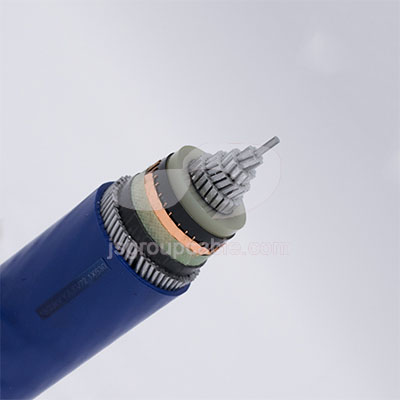
Types of Medium Voltage Cables
There are different types of Medium Voltage Cables available, and some of the common types are:
1.Single-Core Cables:
Single-Core Cables have a single conductor and are suitable for use in applications that require high voltage transmission over long distances. They are available in different insulation materials such as XLPE and EPR and can be used in underground and overhead installations.
2.Three-Core Cables:
Three-Core Medium Voltage Cables have three conductors and are commonly used in power distribution networks. They are suitable for use in applications that require the transmission of three-phase electrical power.
3.Screened Cables:
Screened Cables have a layer of insulation surrounding the conductor, followed by a layer of conductive material, such as copper wire braid or aluminum tape, that serves as a shield. They are used in applications that require protection against electromagnetic interference (EMI) and radio frequency interference (RFI).
4.Armoured Cables:
Armoured Medium Voltago Cables have a layer of steel wire or steel tape armor that provides mechanical protection and helps to prevent damage due to external stress. They are suitable for use in harsh environments, such as underground or underwater installations.
The selection of the appropriate Medium Voltage Cable type depends on various factors, such as the application, operating conditions, environmental factors, and regulatory requirements.
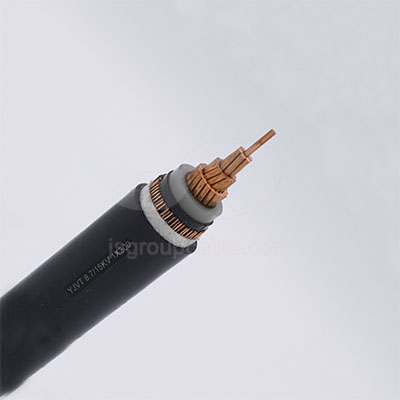
Construction of Medium Voltage Cables
The construction of Medium Voltage Cables typically consists of four main components:
1.Conductors:
The conductors are the metal wires or cables that carry the electrical current through the cable. They are typically made of copper or aluminum and are available in various sizes and configurations depending on the application.
2.Insulation:
The insulation is the material that surrounds the conductor to prevent the electrical current from leaking out and to protect the conductor from external factors such as moisture, heat, and abrasion. The most common insulation materials used in Medium Voltage Cables are XLPE and EPR.
3.Shielding:
Shielding is an optional layer that is added to the cable construction to protect against electromagnetic interference (EMI) and radio frequency interference (RFI). It is typically made of a layer of conductive material, such as copper wire braid or aluminum tape, that surrounds the insulation layer.
4.Jacket:
The jacket is the outermost layer of the cable that provides mechanical protection and environmental protection against moisture, chemicals, and UV radiation. The jacket is typically made of a thermoplastic or thermosetting material, such as polyethylene or polyvinyl chloride (PVC).
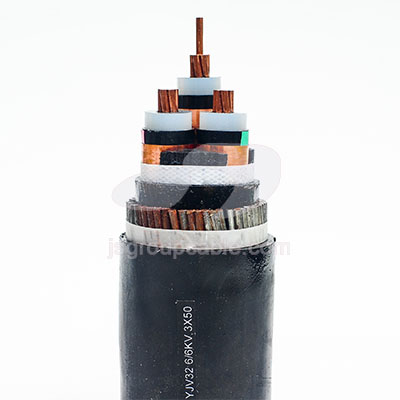
Installation of Medium Voltage Cables
1.Preparation of Cable Route:
This involves the planning and preparation of the cable route to ensure the successful installation of medium voltage cables. The route should be cleared of any obstacles, such as trees, rocks, or other barriers that could hinder the installation process. The route should also be surveyed to identify any underground utilities that may be in the way of the cable. It is important to obtain any necessary permits and permissions before beginning work on the route.
2.Cable Pulling:
This involves the actual installation of the cable along the designated route. The cable is usually pulled through conduits or trenches using specialized equipment, such as cable pulling machines or winches. Care must be taken during the pulling process to avoid damaging the cable, and to ensure that it is properly supported and protected throughout its length.
3.Termination and Jointing:
Once the medium voltage cables has been installed, it must be terminated at both ends using special connectors that provide a reliable and secure connection. Jointing is also necessary when splicing together two or more cables. Termination and jointing require specialized skills and tools, and should only be performed by trained professionals to ensure the safety and reliability of the installation.
4.Testing:
Finally, the installed cable must be tested to ensure that it is operating properly and meets all relevant safety and performance standards. Testing may include insulation resistance testing, voltage withstand testing, and other specialized tests to verify the quality and reliability of the installation. Any issues identified during testing must be addressed promptly to ensure that the installation is safe and reliable.
As technology continues to evolve, there are several areas in which the installation of medium voltage cables may see future developments. These include the use of more advanced materials for cable insulation and the development of new cable termination and jointing techniques. In addition, advancements in testing equipment and techniques may lead to more efficient and accurate testing processes for medium voltage cables.
The installation of medium voltage cables is a complex process that requires specialized skills and equipment. Proper installation and maintenance are essential for ensuring the safety and reliability of electrical systems. As the demand for electricity continues to grow, it is important to stay up-to-date with the latest developments in cable installation and technology to ensure that our electrical infrastructure remains safe and reliable.
Post categories
Most Popular Posts
-
The 136th Canton Fair welcomes you to participate!
October 12, 2024 -
High temperature cable introduction
July 26, 2024 -
Kenya Power and Energy Exhibition 2024
June 11, 2024 -
Introduction of rubber sheathed cable
June 5, 2024



